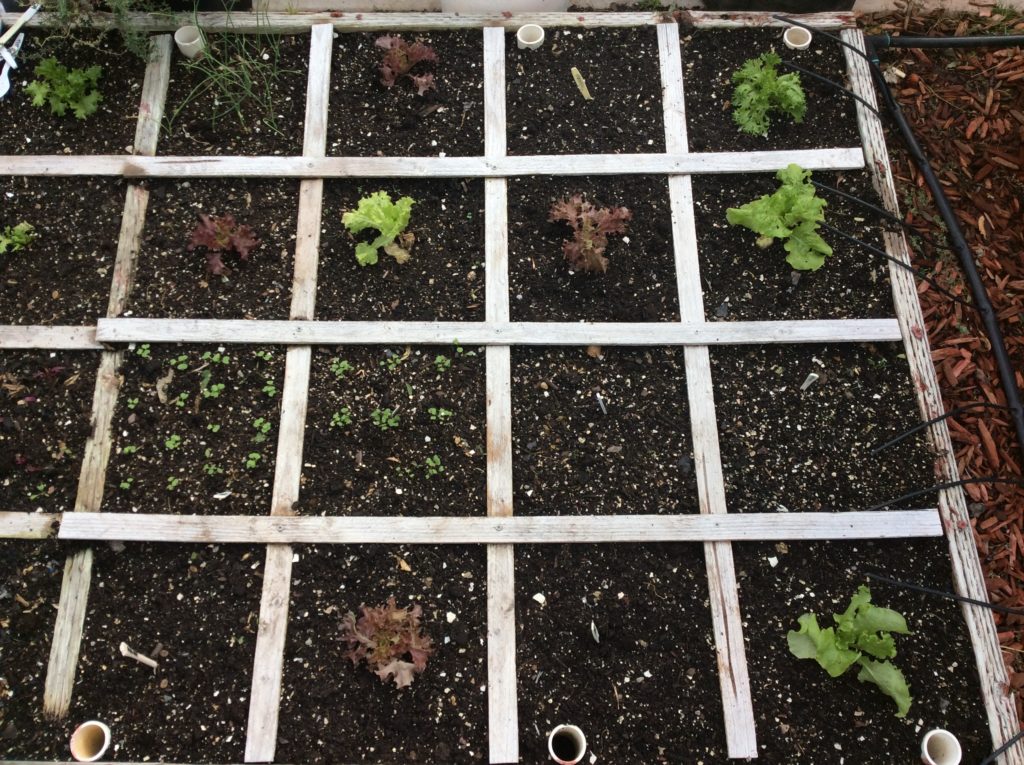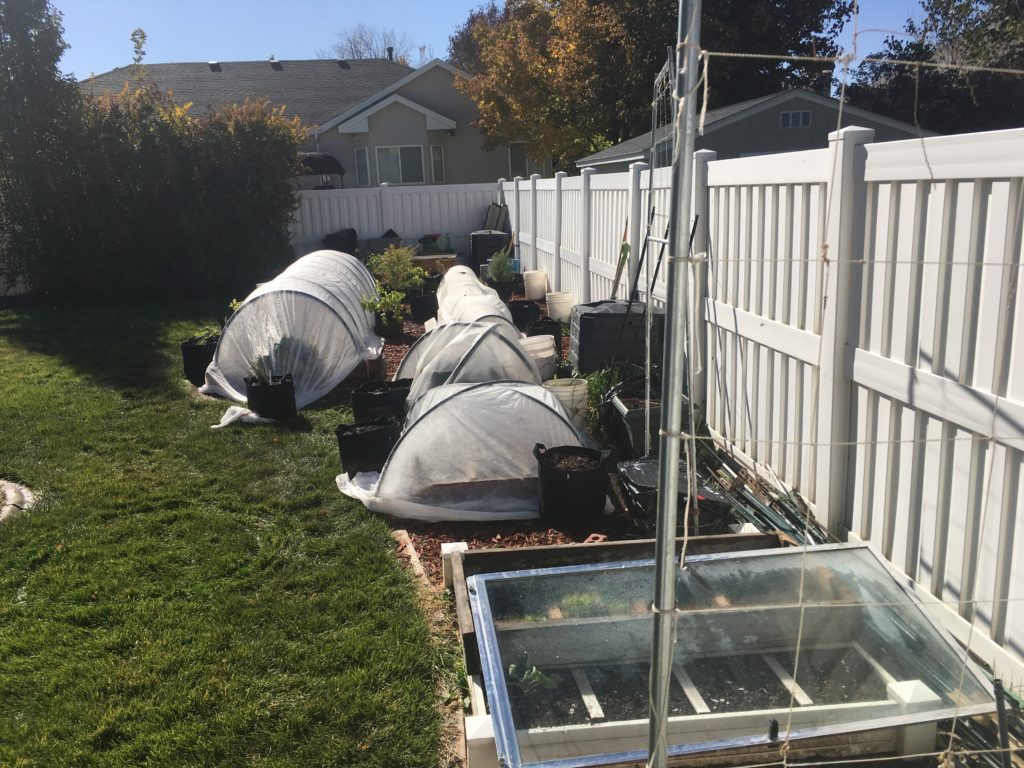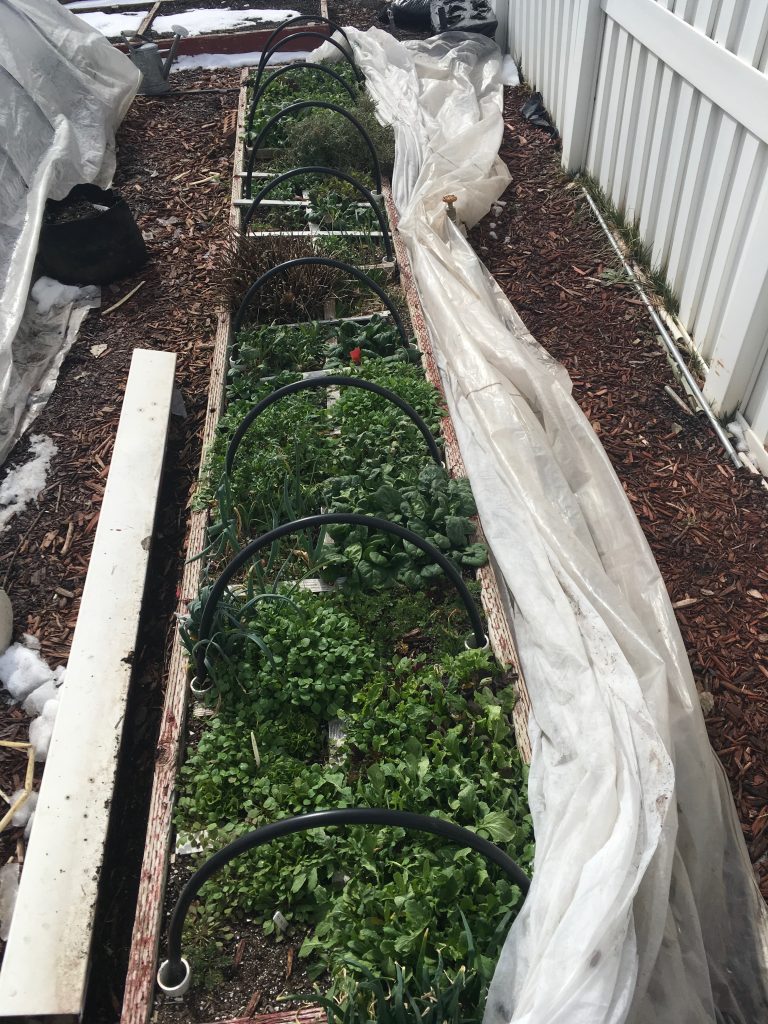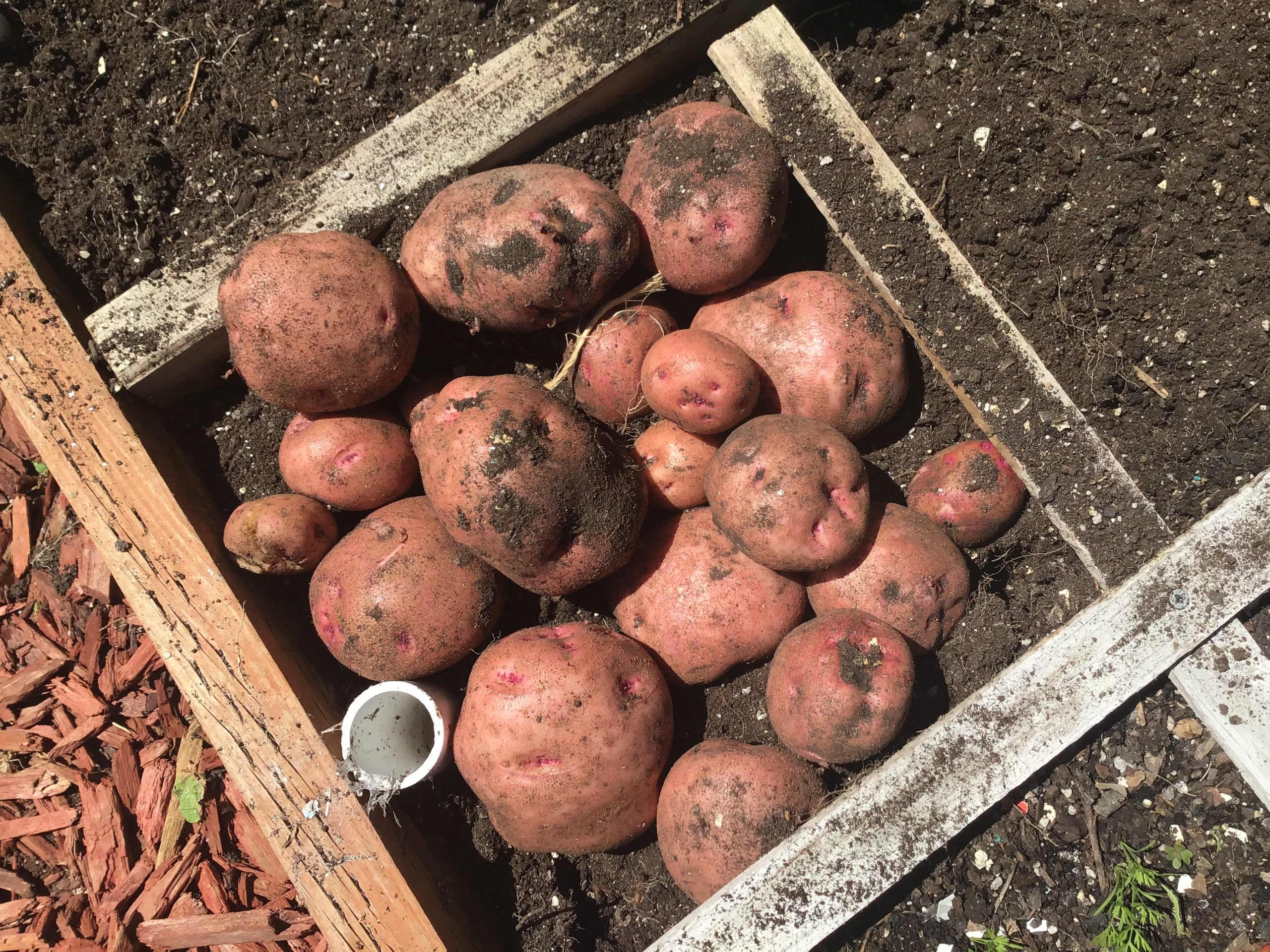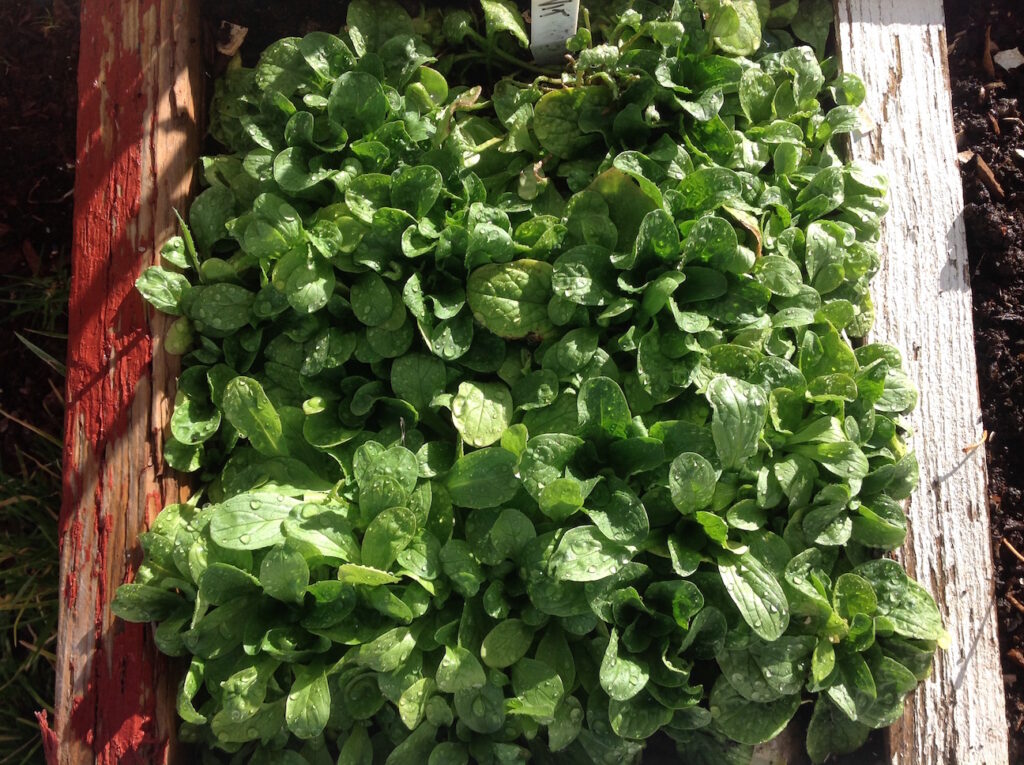 This is such a great and tasty gem that many in the U.S. are not familiar with. I finished teaching a class last night and ended up having a discussion with a couple of the attendees. Somehow we ended up talking about things being harvested during the winter season and I mentioned “mache.”
This is such a great and tasty gem that many in the U.S. are not familiar with. I finished teaching a class last night and ended up having a discussion with a couple of the attendees. Somehow we ended up talking about things being harvested during the winter season and I mentioned “mache.”
“Did I just hear you say mache?” She’s from Germany and knows this crop well. She commented how much she love and misses it. Mache is next to impossible to find here in the states but that’s very different in Europe. The MBC (mache, brassica, and chicory) salad is iconic in many parts of Europe.
This plant was discovered long ago on corn or wheat fields in Europe. When they found that it was edible (and delicious), and even did better grown as a winter crop, it became a favorite winter crop of peasants. It’s thought of as a winter annual.
Mache is so good it goes by 3 different names: mache, lambs lettuce, and corn salad. There are two types of varieties that can be found. One is Dutch variety-which has larger leaves and is said to grow better as the weather gets warmer. My favorite is the other-the French variety, often known by the name Vit. It’s smaller and has always done very well in my winter garden. It’s highly nutritious and makes a very distinctive and tasty salad.
In an effort to see if mache can be grown in late winter, I planted 3 squares of Vit in my SFG today. This is planted in a 9 per square spacing.

